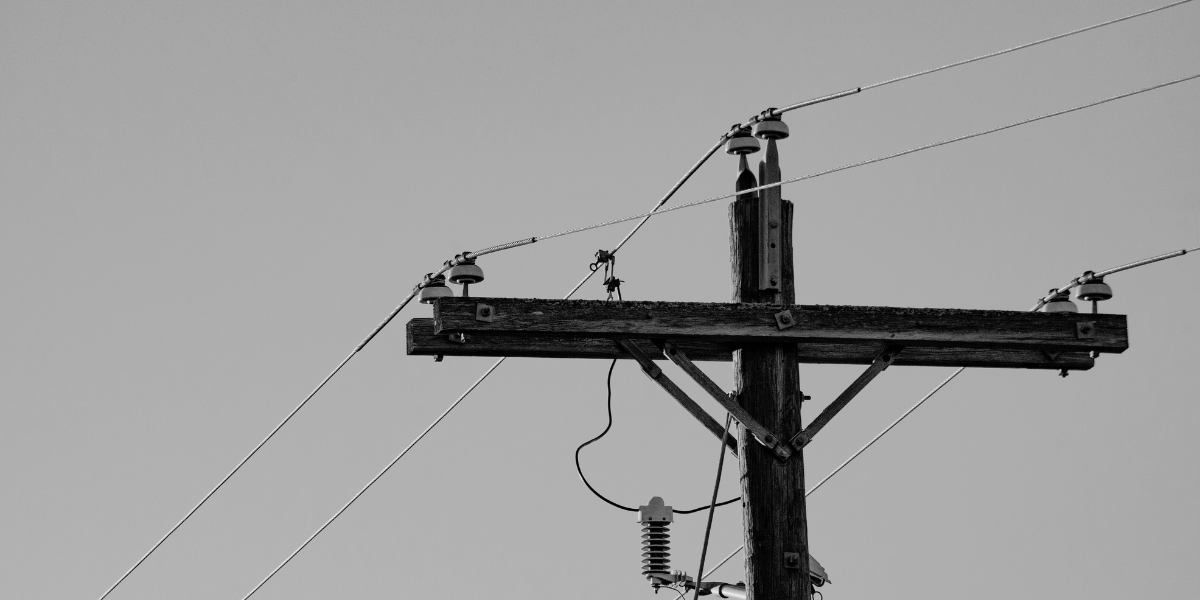At a time when much of Gwinnett County was still rural farmland and lacking in basic public utilities, the city of Buford was making plans to bring power and water to its residents.

On September 1, 1904, a Notice of Special Election appeared in The News-Herald newspaper based in Lawrenceville. The notice informed voting citizens of the city of Buford that there would be a special election on October 8 to hopefully give the city the authority to purchase $20,000 in bonds. The bonds were to be used for “establishing, maintaining and operating a system of water works for said city, together with the purpose of establishing, maintaining and operating an electric light plant for the purpose of lighting said city, as well as for the purpose of building a school house for said city.”
The bonds passed with a convincing majority as 147 votes were cast in favor of the bonds and 17 voters rejected it. The results of the bond referendum appeared in The News-Herald on October 13, 1904,
In the July 11, 1907 edition of The News-Herald, an article appeared telling about “the completion and installment of an electric light and arc light system throughout the city, and motors are rapidly being connected up in the factories of Bona Allen and other manufacturing establishments, which will make Buford one of the most up-to-date manufacturing cities in north Georgia.”
Buford was being supplied power from Dunlap Dam, some three miles from the city. Dunlap Dam was owned and controlled by the North Georgia Electric Company. Buford tapped into a steel tower line that ran from Gainesville to Atlanta and a transforming station was built to step down the electric current from 50,000 volts to 2,200 volts.
The City of Buford entered into a contract with North Georgia Electric Company agreeing to pay them $65 per horsepower a year for arc lights and 5 cents per kilowatt hour for electricity for other power uses.
The article closed with, “The power which can be now had at Buford is practically unlimited, and it will be readily seen that Buford is now in a position to compete for the manufacturing business in all particulars in north Georgia.”
Having electricity in 1907 made Buford one of the most advanced cities in Gwinnett County. In fact, another article in The News-Herald appeared in the October 11, 1909 edition, that mentioned in Gwinnett County only Buford and Norcross had electricity at that time. The article titled, “Will Get Power From North Georgia Co. — Lawrenceville has agreed to buy current from them — Means good light system” estimated it would cost Lawrenceville $25,000 to have the line run to their city limits. There were offers to present Grayson and Loganville with a similar plan to bring power to those cities as well.
The Bona Allen Company was the first to provide water to the residents of Buford. The city entered into a contract with Bona Allen in 1904 to construct a complete waterworks system. According to the January 7, 1904, edition of The News-Herald, “A six-inch cast iron main will be placed eighteen inches under the ground from one end of the town to the other.”
The system featured 12 hydrants and “a forty thousand gallon steel tank, forty feet from the ground.”
The city later constructed its own water plant in 1934 off of North Waterworks Road and pulled water from a creek that now resides below the waters of Lake Lanier. Buford was grandfathered into having water rights to Lake Lanier because of its existing waterworks there.
Through the years, Buford has continued to have leaders who planned for the future and have upgraded its public utilities to keep pace with the growth of the city. The most recent upgrade to a Buford public utilities department was constructing a new waterworks plant next to the original one from 1934 off of North Waterworks Road. The new plant became fully operational earlier this year.

